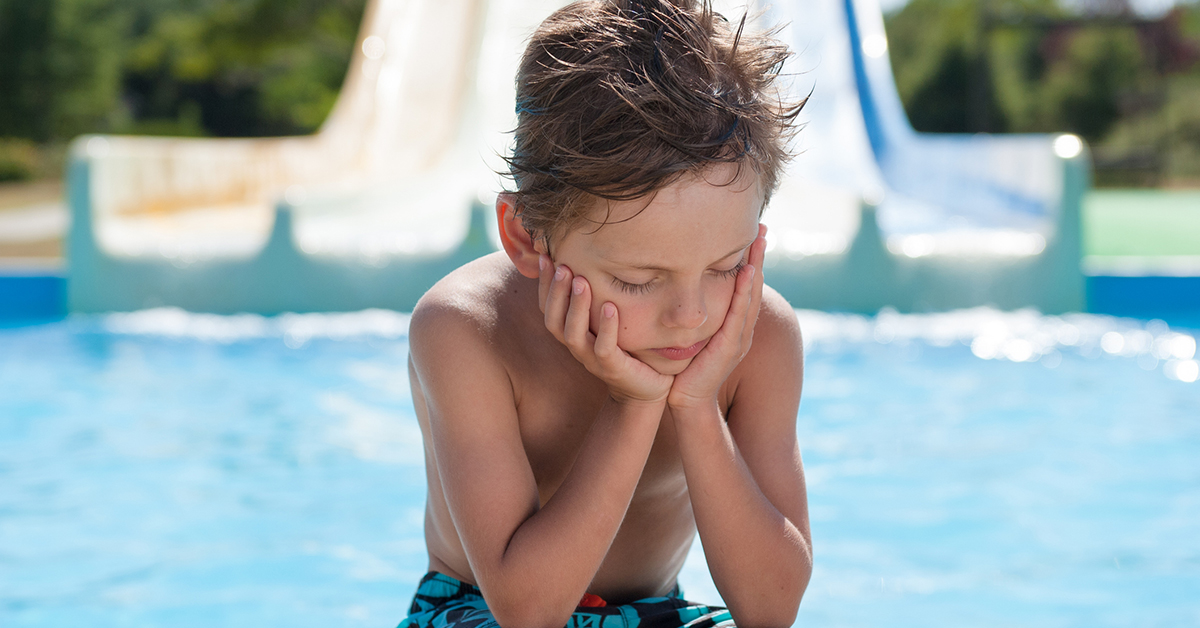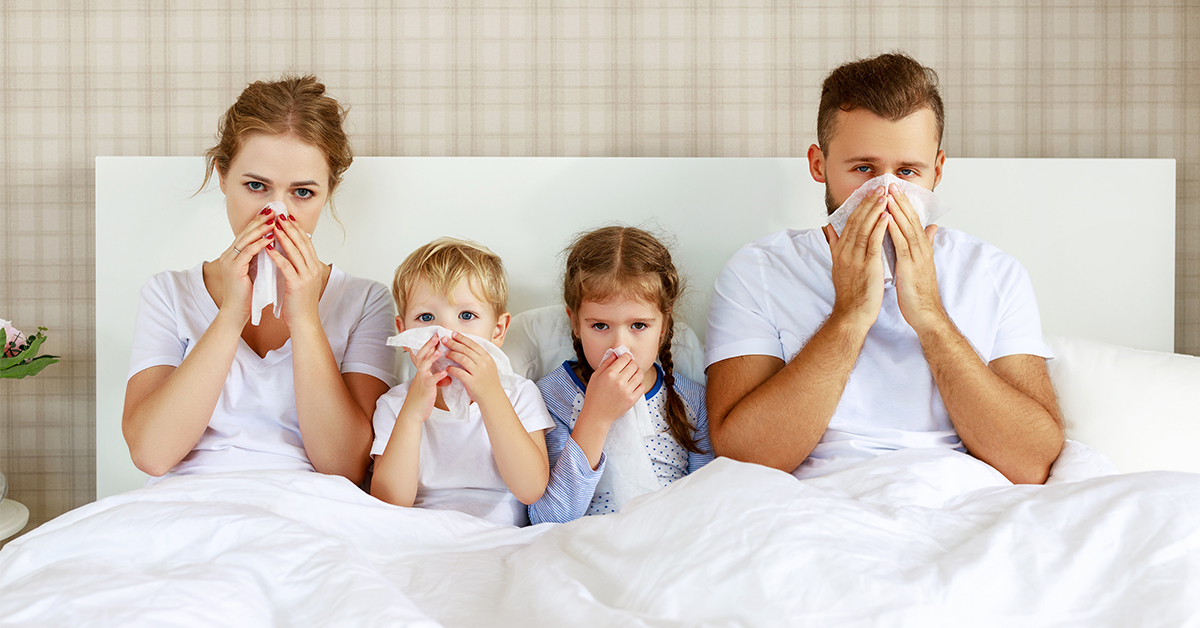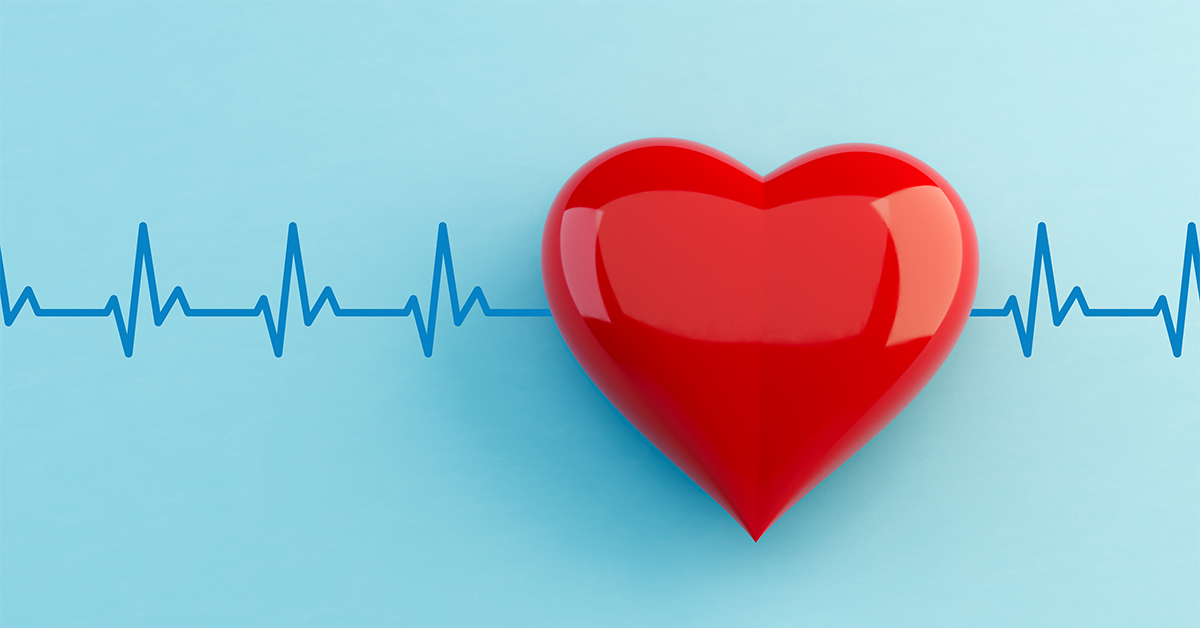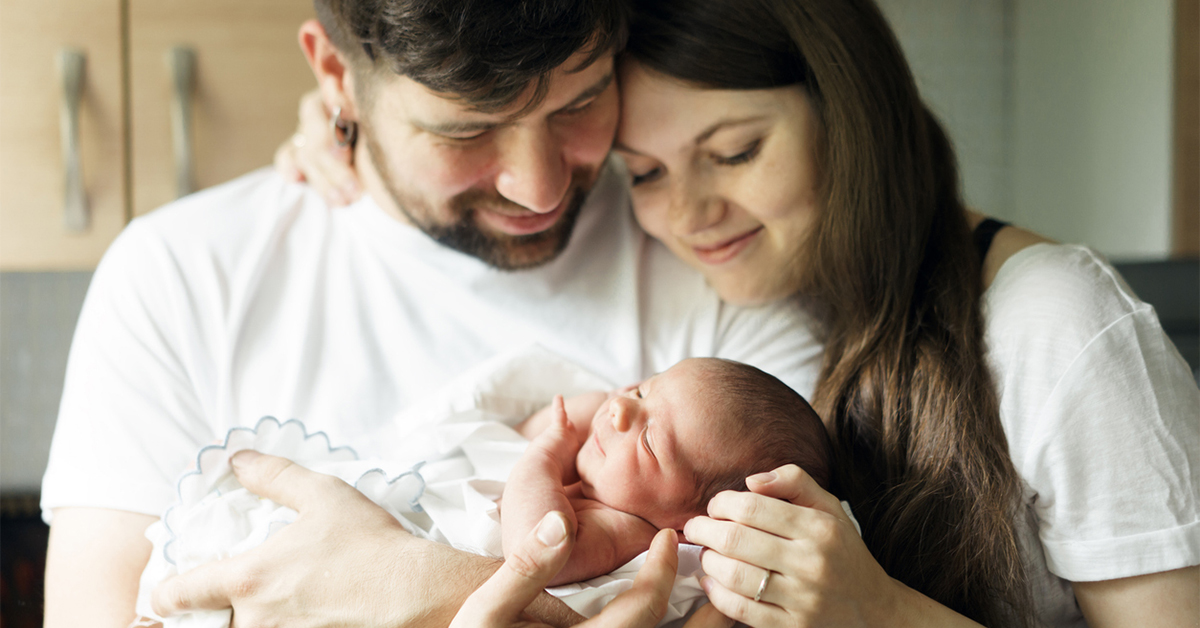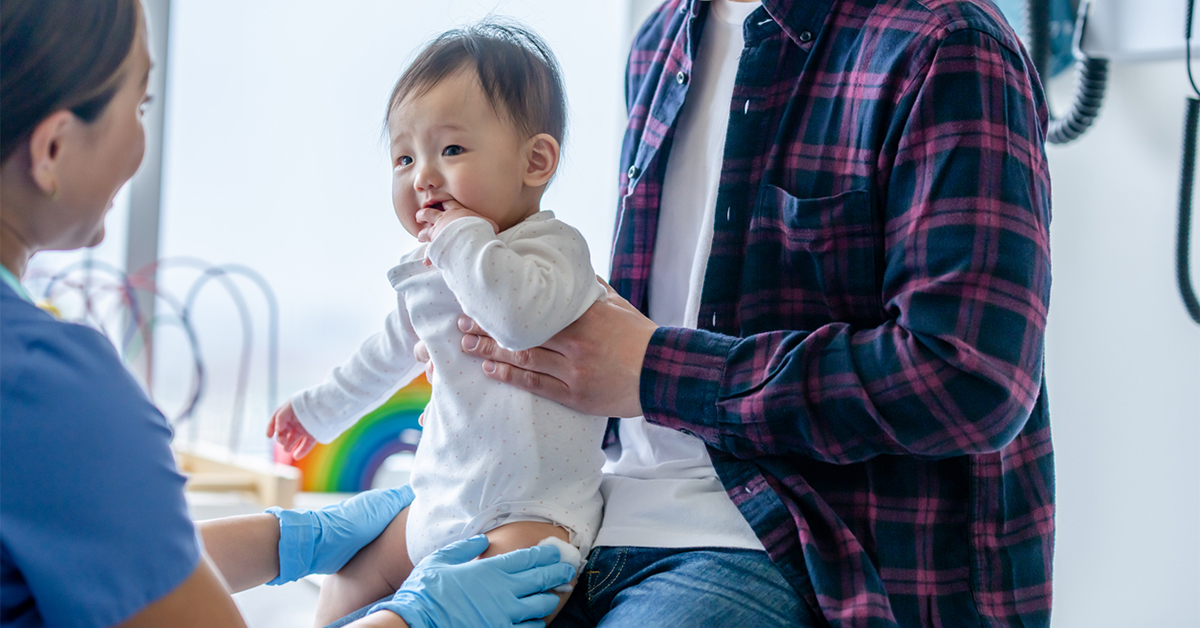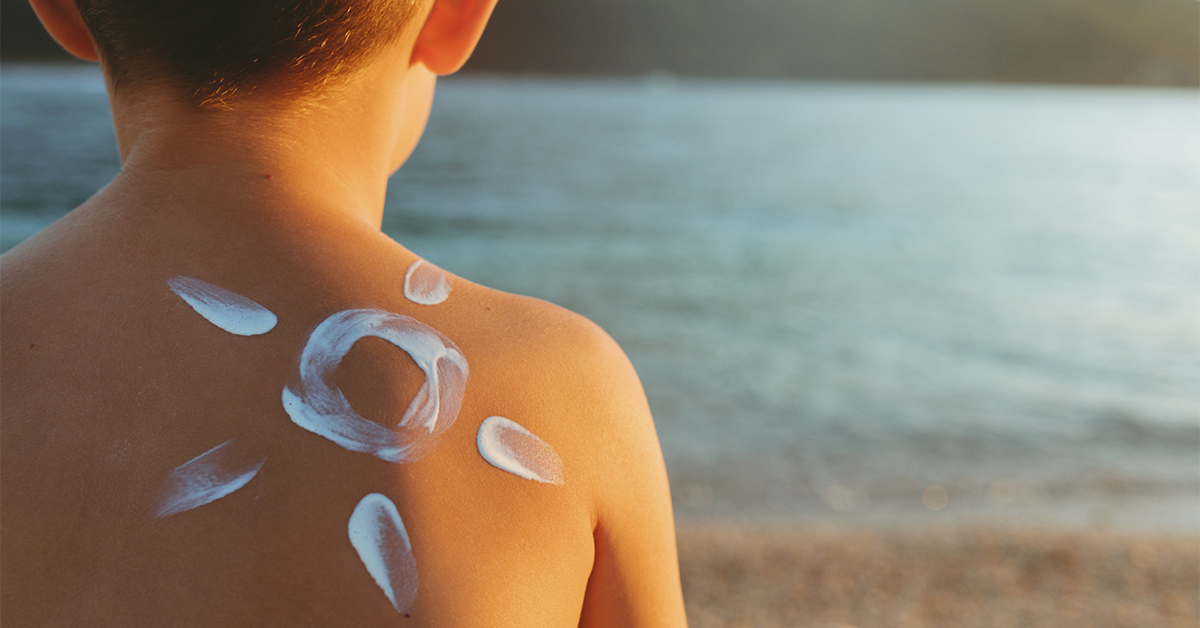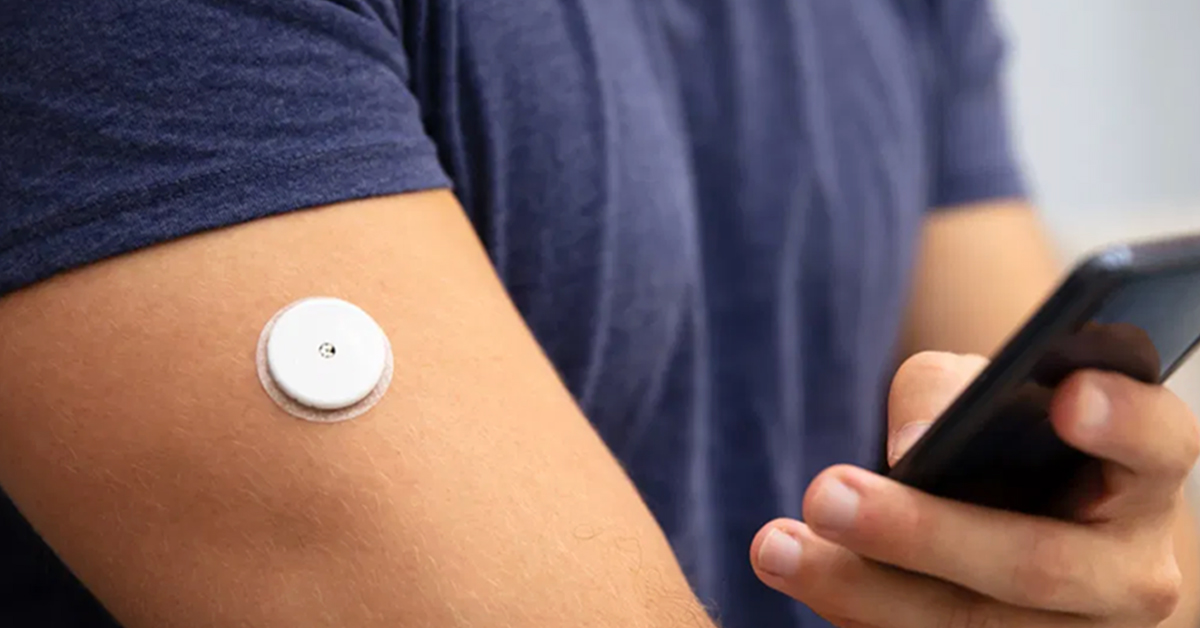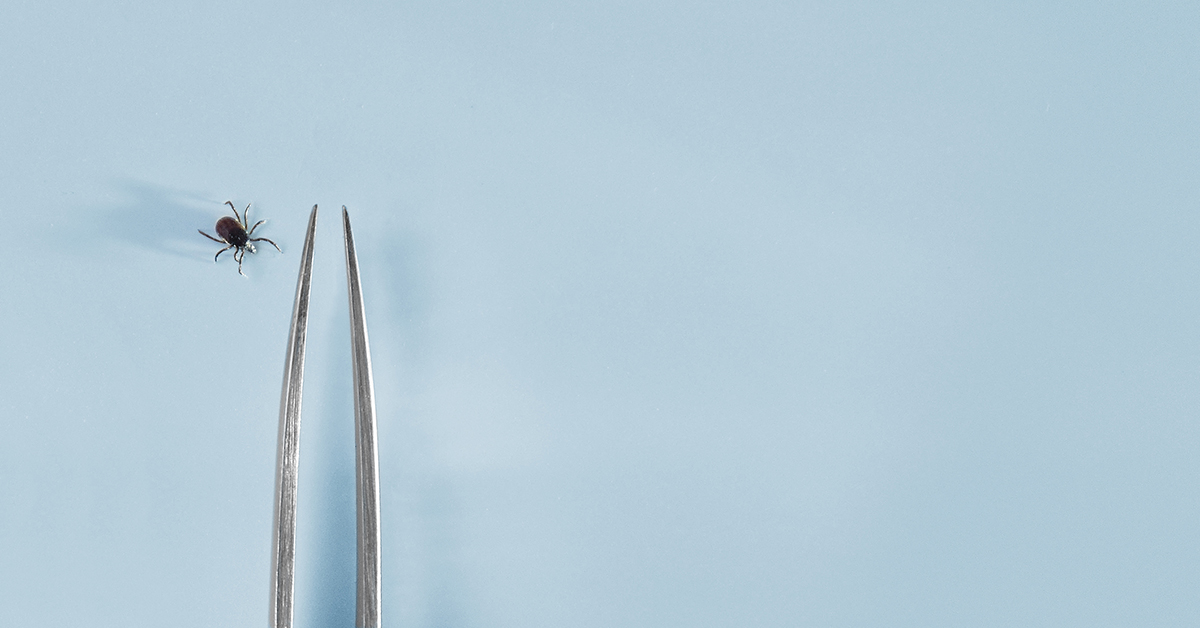We’ve all heard the age-old advice: “Wait 30 minutes after eating before swimming.” Whether it’s from your mother or something you’ve told your own children, this wisdom has been passed down through generations. As parents, our foremost concern is always the safety and well-being of our children. However, have we ever taken a step back to consider if there is any truth to this widely accepted belief? Let’s delve into it and distinguish fact from fiction.
Fact vs. Myth: Debunking the wait
A common belief
Nearly 80% of people believe waiting after eating before swimming is crucial. This long-standing rule has stood the test of time, but where did it come from? Is it grounded in scientific fact?
The myth breakdown
There are two common reasons often cited for this myth:
- Blood flow to muscles: The belief is that after eating, blood flow is concentrated around the stomach for digestion, leaving less available for muscle function, potentially leading to cramps.
- Digestion being hampered: Some suggest that physical activity, like swimming, can interfere with the digestion process, causing discomfort or even posing a danger.
However, according to the American Red Cross Scientific Advisory Council, no significant evidence supports these claims. They state, “There is no documented case in any medical literature connecting swimming after eating with drowning or significant health risks.”
Fun fact
In fact, there are no documented cases of drowning due to swimming immediately after eating. This should give us some peace of mind when our kids are eager to jump back into the pool after lunch.
Why the myth persists
It’s humorous to think that despite advancements in science and medicine, some myths remain deeply entrenched in our collective consciousness.
The culprit of the myth may be a popular youth organization, which published a manual in the early 1900s warning that swimming before a meal had been digested would result in cramps.
“Many boy swimmers make the mistake of going into the water too soon after eating. The stomach and digestive organs are busy preparing the food for the blood and body. Suddenly they are called upon to care for the work of the swimmer. The change is too quick for the organs, the process of digestion stops, congestion is apt to follow, and then paralyzing cramps.”
Rest assured, there is no scientific evidence that swimming after eating is dangerous. The International Life Saving Federation / World Water Safety conducted an extensive literature review to establish a once-and-for-all conclusive answer on the topic. Their published statement reads, “There is no evidence that eating before swimming increases risk for drowning…therefore, recommendations on amounts, timing, and food type when eating prior to swimming or water activities cannot be based on scientific evidence.”
This particular myth is a prime example of how traditions and advice from previous generations continue to influence our thinking, even without concrete evidence.
When to actually wait
While the myth has been debunked, it’s still wise to consider comfort:
- After a large meal: If you or your kids have had a particularly large meal, it might be uncomfortable to swim right away. Waiting a bit can help avoid cramps or discomfort.
- Ideal pre-swim meal: For optimal energy, aim to have a balanced meal with carbs and protein 2-3 hours before swimming. This provides sustained energy without feeling too full.
Swimming after eating is perfectly safe for you and your kids. Next time you hear someone recite the old rule, you can confidently inform them that it’s just a myth. So, enjoy those poolside snacks and dive in guilt-free!
Happy swimming!


